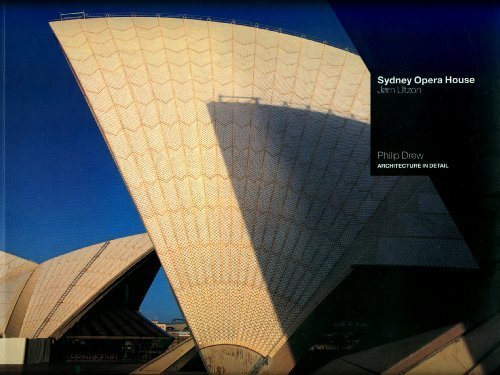Architecture in Detail
3 total works
Arata Iozaki is one of the most prolific and creative personalities in contemporary architecture. The Museum of Modern Art, Gunma, arguably the architect's masterwork, was the first in a line of commissions for modern and contemporary art museums on a worldwide scale. Completed in 1974 it was refurbished and extended by Isozaki in 1994. The museum is located in the rural surroundings of the Gunma-no-Mori park, and is the most complete realization by Isozaki of conceptual architectural approach - a pristine, essential structure composed of an arrangement of cubes taking the form of a large rectangular block with projecting wings. The 1994 addition consists of a cube added to the main entrance facade housing the new Highvision Theatre, and a restaurant which occupies part of the area beneath one of the wings.
Tadao Ando is a leading architect of his generation. These two churches demonstrate essential themes in his approach to the design of places of worship. This book presents each of the churches in detail, using Ando's own drawing archive, including his sketchbooks. The Church on the Water occupies a pastoral site and consists in plan of two squares, one large, one small, that overlap and are arranged facing a man-made lake. The smaller of these two squares is a calming preparatory space, enclosed on four sides by milky-white frosted glass, an "enclosure of light", where one can pause before entering the glass walled chapel below. The Church of the Light is built in a quiet residential area of Osaka, and was planned as an annex to the existing church and vicarage. Here Ando explores the spiritual force of the effects of sunlight on simple raw concrete. Slits cut in the form of a cross perforate the chapel's front wall, and when lit by sunlight they manifest what Ando describes as a "cross of light". When presented together these two churches provide a synthesis of opposites, creating spaces that attain a purity and calm through powerful architectonic forms.
Jorn Utzon referred to his Opera House as a kind of "cathedral", analogous to a Gothic church in the way that light and movement play across its public spaces. Its complex shell-like roof structures echo Gothic arches in section, but the building breaks with all precedent in its three-dimensional form. Finding a practical solution to the construction of these roofs occupied the architect and the engineer Ove Arup for many years and necessitated considerable experimentation with pre-cast concrete technology. Disputes with his client led to Utzon's resignation and the Opera House looked for a time as if it might be a white elephant. This book looks at the building that since its opening in 1973, after a 16-year gestation, has already become an Australian national icon.

